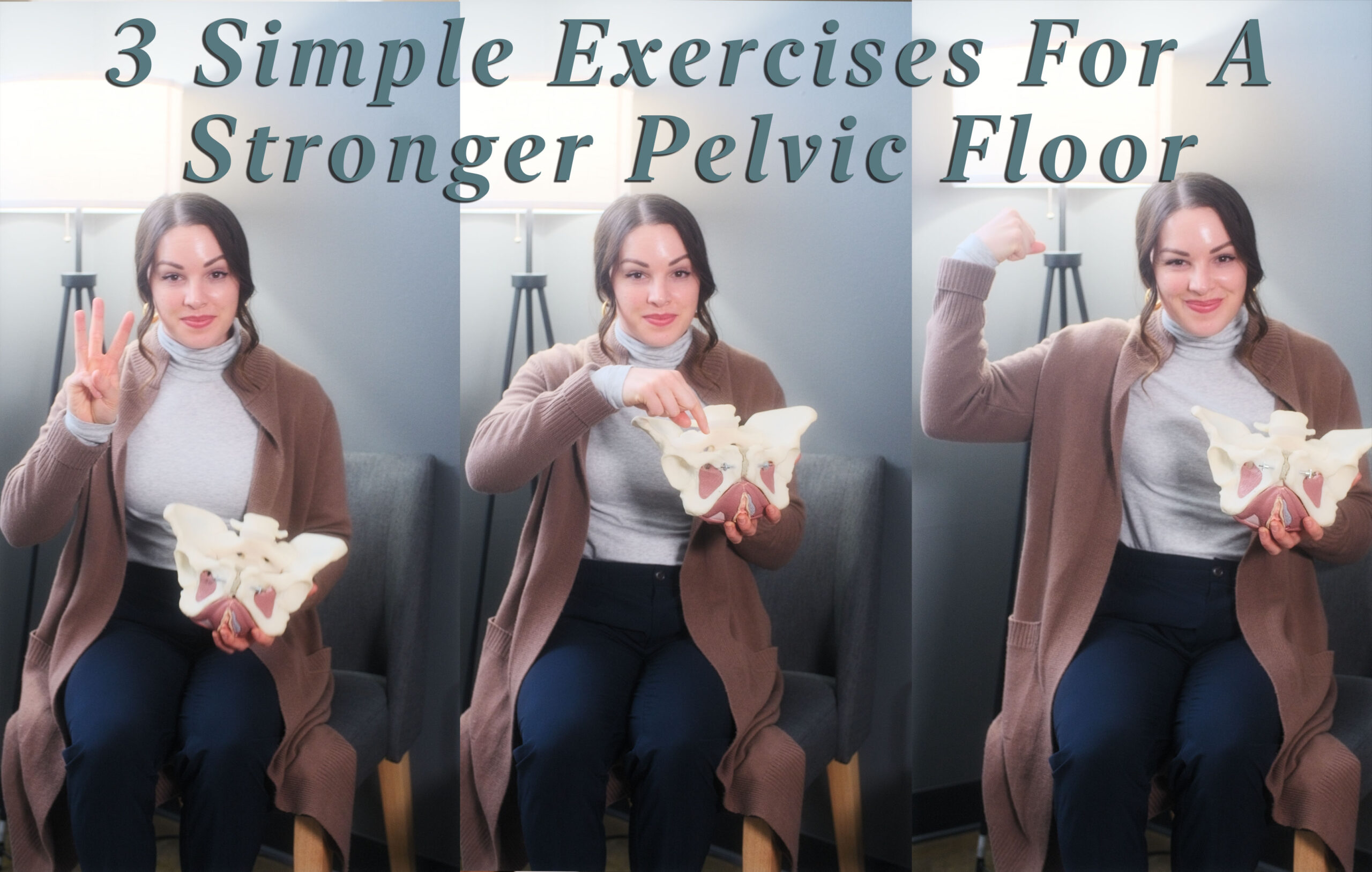We all know the importance of staying fit and keeping our muscles toned. We hit the gym to work on our biceps, abs, and glutes, but what about our pelvic floor muscles? These muscles are essential in supporting the bladder, uterus, and rectum, but unfortunately, many of us tend to forget about them. Neglecting our pelvic floor muscles can lead to urinary or fecal incontinence, pelvic pain, and even sexual dysfunction. So, let’s give them some love and attention, shall we?
Pelvic floor muscles are like any other muscle in the body; they can become weak or fatigued with time or lack of exercise.
So, let’s treat them like the VIPs they are! But, not all pelvic floor problems are related to muscle weakness, and some may require medical intervention. Therefore, we recommend seeing a pelvic physical therapist if you are experiencing any symptoms related to the pelvic floor.
What the Kegel?
You may have heard about Kegel exercises to strengthen the pelvic floor muscles, which can be helpful for many women. However, Kegels are not suitable for everyone, especially if you have an overactive pelvic floor. If you have an overactive pelvic floor, doing Kegels can actually make things worse. It’s crucial to understand your pelvic floor muscles’ specific needs and work with a pelvic floor physical therapist to determine the best exercises for you. After all, pelvic floor health is not a one-size-fits-all approach!
Getting Started!
So, without further ado, here are three beginner pelvic floor exercises to get you started on your journey to better pelvic floor health:
Pelvic Floor Contractions (AKA Kegels)

To perform a Kegel, sit or lie down and focus on the muscles in the pelvic area. Contract these muscles as if you are trying to stop the flow of urine, hold for a few seconds, then release. Repeat this contraction and relaxation cycle several times, working up to holding each contraction for 10 seconds at a time. It’s important to avoid tightening your abdominal or gluteal muscles during the exercise, as this can interfere with the contraction of your pelvic floor muscles.
Transverse Abdominus (TA) Activation

The TA muscle is a deep abdominal muscle that plays a vital role in pelvic floor function. To activate this muscle, lie on your back with your knees bent and feet flat on the floor. Place your hands on your lower abdomen and exhale, drawing your belly button towards your spine. Hold for a few seconds, then release. Repeat for several repetitions.
Glute Bridge

he glute bridge can help strengthen the pelvic floor as well as the glutes and lower back. To perform this exercise, lie on your back with your knees bent and feet flat on the floor. Inhale and lift your hips off the ground, squeezing your glutes and pelvic floor muscles as you do so. Hold for a few seconds, then lower your hips back down. Repeat for several repetitions, working up to a total of 10-15 repetitions.
Closing Thoughts
Remember, it can take several weeks of consistent exercise to see improvements in pelvic floor strength, so be patient with yourself. It’s also important to work with a pelvic floor physical therapist to ensure that you are performing the exercises correctly.
Incorporating pelvic floor exercises into your daily routine can help improve your pelvic floor function and overall health. With time and effort, these beginner exercises can help strengthen the pelvic floor and prevent potential problems down the road. So, let’s start treating our pelvic floor muscles like the rockstars they are!
Kari Hough, PT, DPT • Pelvic Health Specialist

